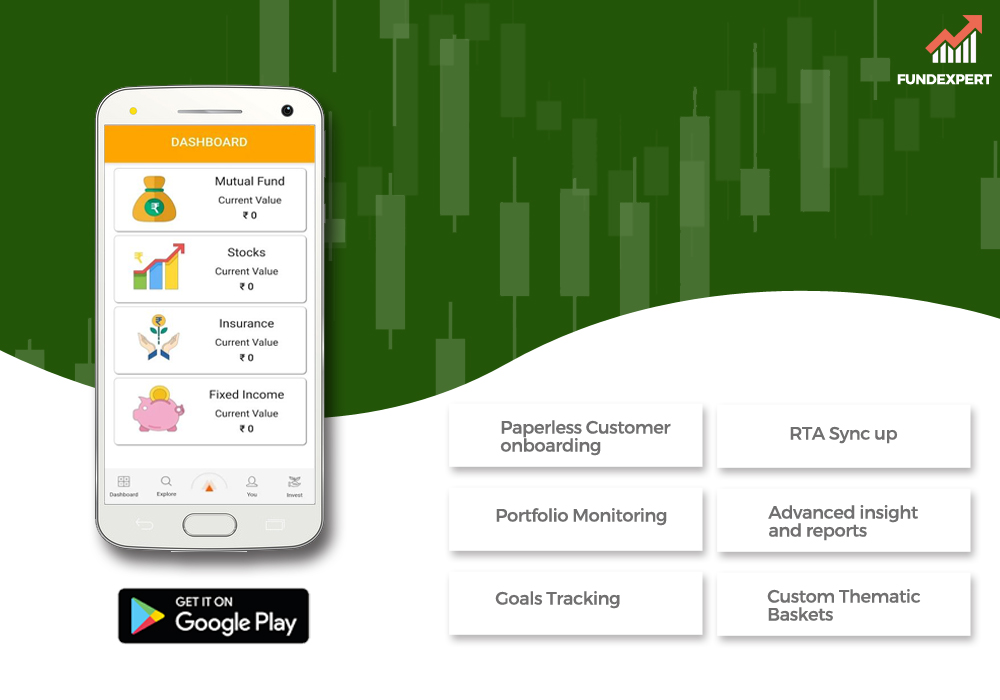Glossary
Back End Load
A fee paid by the shareholder to withdraw money when selling fund units.
Balanced Fund
A mutual fund that mixes fixed income and equity. Funds that aim to provide growth as well as regular income as such schemes invest in equity and fixed income securities in the proportion shown in their offer papers.
Balance Maturity Tenure of a Scheme
In the case of close-ended schemes, a scheme's Balance Maturity Tenure is considered the balance period that lasts until the scheme can be redeemed.
Balance Sheet
For the benefit of investors and regulators, an accounting report of assets and liabilities of a corporation was issued. It gives a snapshot of the assets held by the company at a specific time and how the assets are funded.
Basis Point
One hundredth of a point of percentage. These points are used in currency and bond markets where large amounts of money will change hands on small price changes due to the volume of trades. So if the yield on a Treasury bill increased from 5.25 percent to 5.33 percent, eight basis points would have been the increase.
Bear Market
A weak or falling market that is characterized by sellers ' dominance.
Benchmark
The output of the mutual fund should never be considered in isolation. A Mutual Fund's quality or any investment should be measured against a level known as the benchmark. At the time the fund is launched, the benchmark for a fund is decided and the benchmark selection is based on the fund's investment objective. The index, consisting of either shares, bonds, debentures, money market instruments or other securities, shows the type of investment choices that the fund will make as part of its specified investment target. As an investor, therefore, you would expect the scheme to perform better over a given timeframe than its benchmark. Investors would have no standard for comparing different fund results, having different investment goals, and pursuing different investment strategy. Thus, a benchmark helps bring standardization in comparing different fund performance, following the same benchmark, or evaluating how a fund has performed against its own benchmark.
Benchmark Index
In the parlance of the mutual fund, we very often hear that its benchmark index has outperformed or underperformed a particular scheme. For example, equity schemes have benchmark indices like S&P BSE Sensex and CNX Nifty; this helps investors to equate the performance of the scheme with the performance of the wider market. The benchmark index is used to measure the performance of the fund manager. The goal of a fund manager should be that the returns of the scheme consistently outperform the index.
Beta
It measures a particular fund's volatility compared to the entire market. It will show how sensitive the fund's returns are to market fluctuation. A beta of 1 indicates that the NAV of the fund is closely aligned with that of the market. This calculates a single fund's volatility compared to the entire market. It will demonstrate how prone the fund's returns are to market fluctuation. A beta of 1 indicates that the NAV of the fund is similar to that of the market.
Bid Or Sell Price
The price at which the fund will redeem (bought back) the shares of a mutual fund. The price of bid or redemption is the current net value of assets per share, less any reimbursement or back-end charge.
Blue-Chip Stocks
The best-rated shares with the highest status as return, yield, security, marketability and liquidity investments.
Bluechip Fund
Mutual fund investing in stocks of blue chips. Typically a fund for growth.
Bond
A debt investment that lends money to an entity (company or government) that borrows the funds at a specified interest rate for a defined period of time.
Bond Fund
A mutual fund which mainly consists of private, local or government bonds.
Bond income fund
A mutual fund that contains shares from businesses or governments. Such funds depend not on growth but on profits.
Bond Rating
A method to determine the risk of the default of a debt issuer. The financial stability of corporate and government bond issuers is evaluated by Standard and Poor's Corp. and Moody's Investors Services, among other firms. The scores range from AAA or Aaa (extremely unlikely to be default) to D (default at the moment). Bonds rated BBB or below are not considered to be of investment grade by S&P or Baa or below by Moody's. Mutual funds usually restrict their acquisitions of securities to issues of some value ratings listed in their prospectuses.
BSE Sensex
A benchmark index that represents the Bombay Stock Exchange stock prices of thirty companies.
